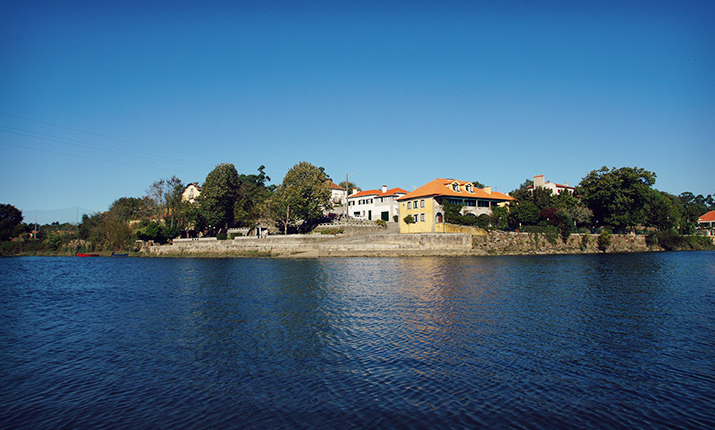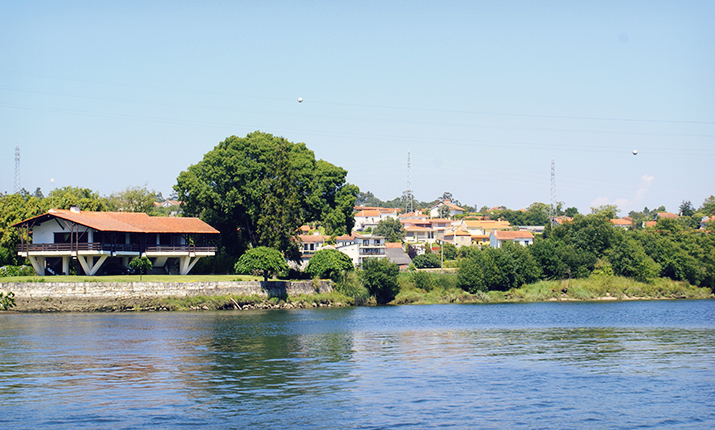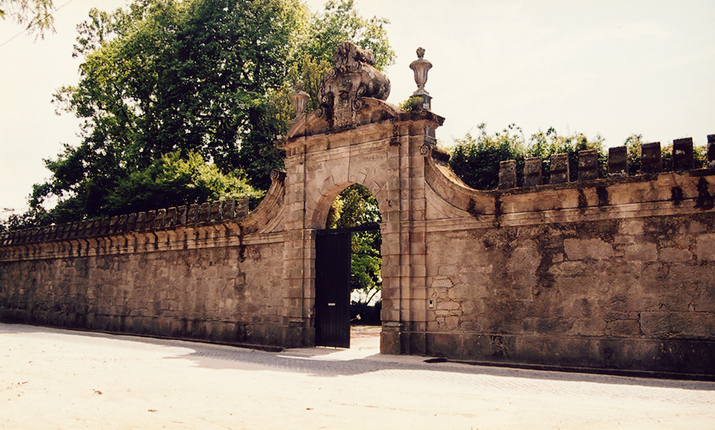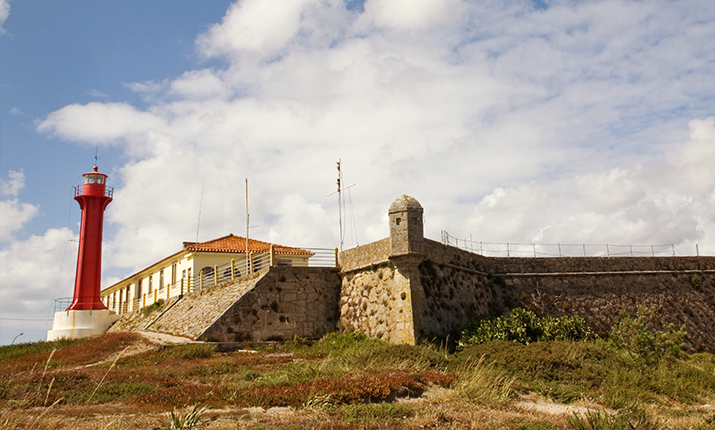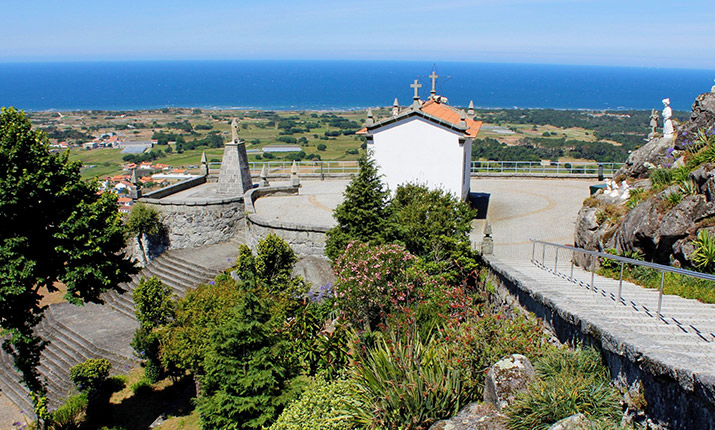
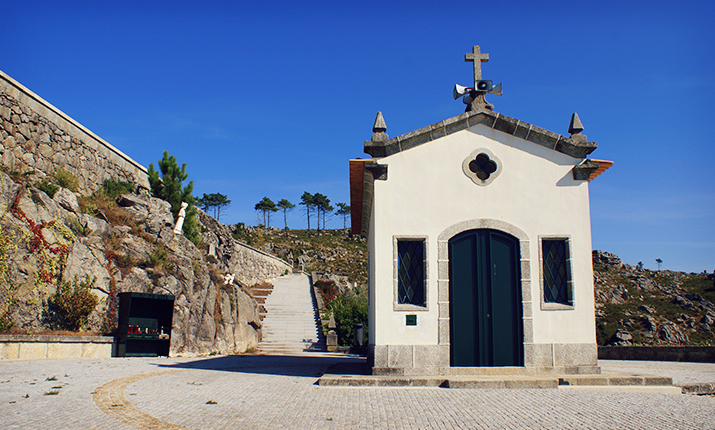
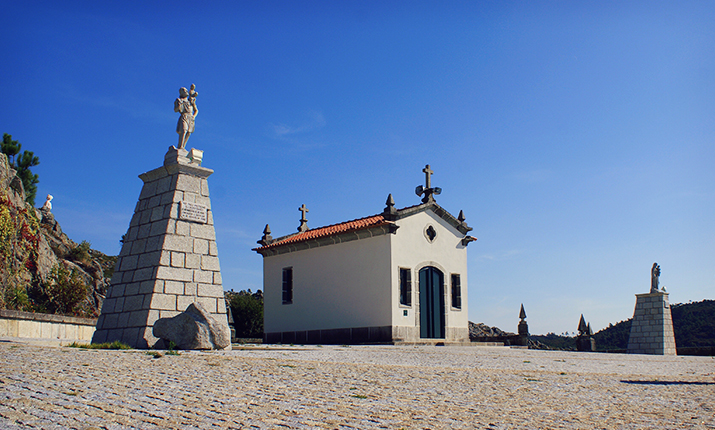
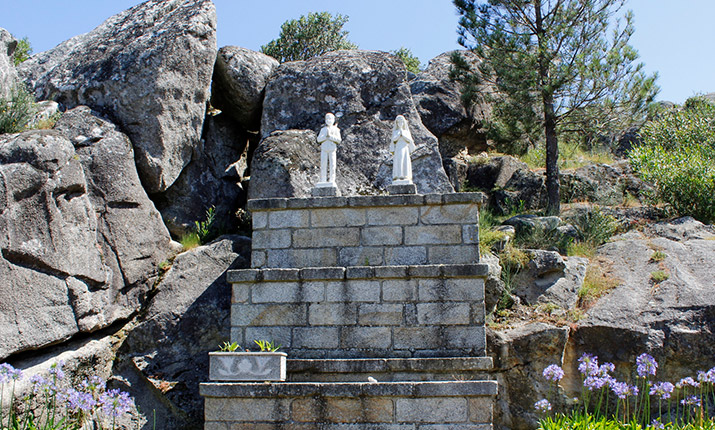
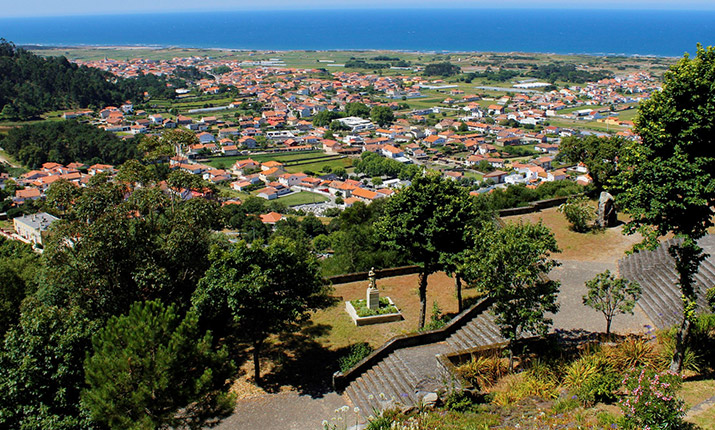

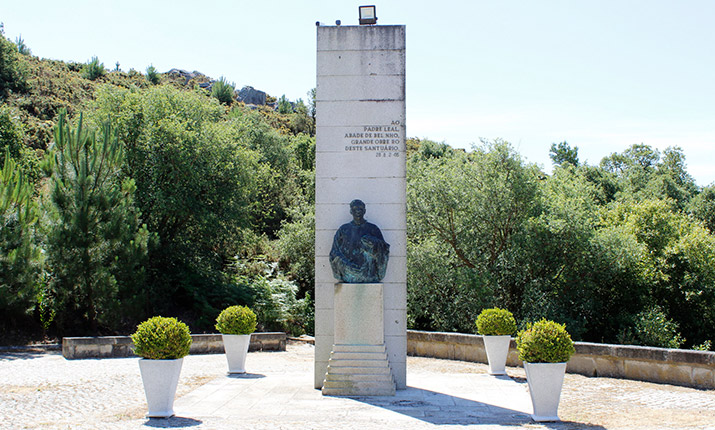

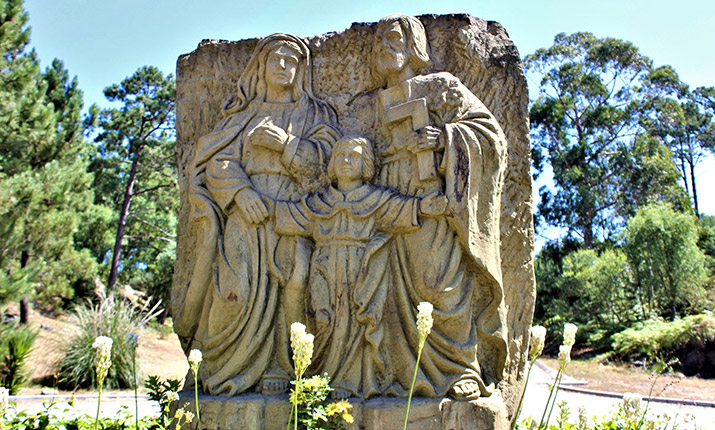
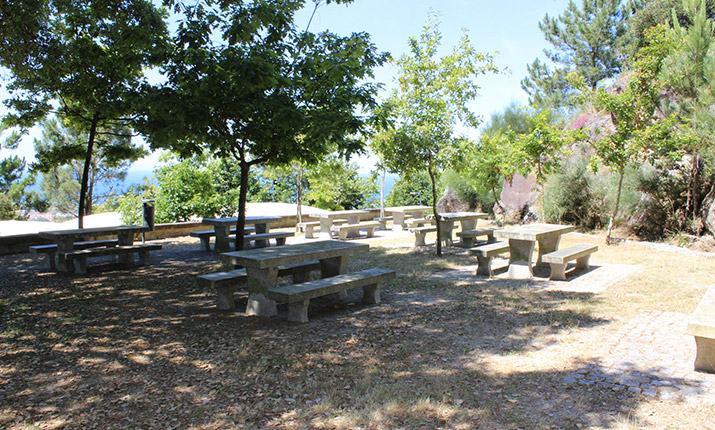
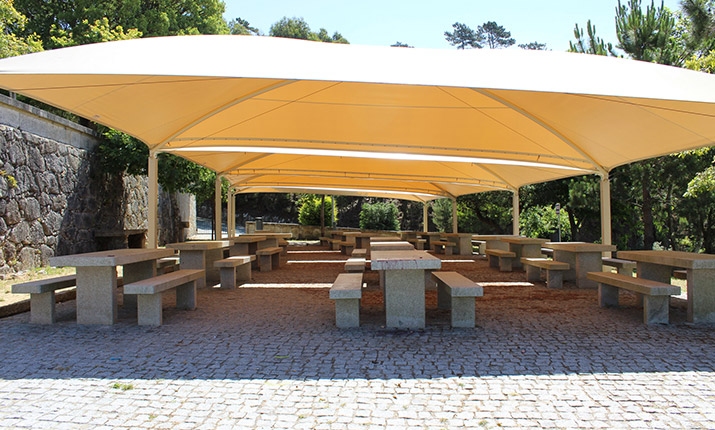
Belinho
The viewpoint of Senhora da Guia is a prime location where we can admire an immense stretch of Atlantic coastline, from the parish of Mar to Viana do Castelo. If we turn our attention towards inland, the elevations of Serra da Nogueira, Monte Crasto, and Serra d'Arga make us realize that we are in an agricultural area, sandwiched between the sea and the fossil cliff, followed by the first major reliefs towards inland. The agricultural landscape of this region is marked by fields with a high degree of fertility, capable of growing cereals and vegetables. Almost plane spread out and protected from the winds by natural or man-made hedges, these fields are wealthy since the Middle Ages and coveted by all. However, the property structure is rather complex - successive inheritances make the territory a patchwork of properties. Woods are also scattered in the landscape, left as a brushwood reserve for hunting and wind protection that sometimes violent fury of the Atlantic. Looking towards the north, we can see the final section of the valley of Neiva, the border of the municipality of Esposende, which contributes to the freshness and fertility of these lands.
In the Chapel of Senhora da Guia, the was an oil lamp, facing west, which served as a lighthouse to guide navigators found off the coast. Today, this lighthouse has become obsolete, although the name of the place still remains. The current chapel, inaugurated on 19 May 1974, might have arisen from a small niche from other periods and preceded by another from the 17th century, which was close to the current one and might have been demolished for maintenance reasons.
The oral tradition attributes to Monte da Senhora da Guia two curious legends. The first explains the existence of the images of the Saint. During the barbarian and, later, Muslim Invasions, this mount would have served as a refuge to the people that had brought an image of Nossa Senhora da Guia ( Our Lady of Guidance) for their protection. This image would have been sheltered in one of the niches of the cliffs. Therefore, by mid-1970, the chapel was built, creating better conditions of worship. The second legend refers to a monk that supposedly lived in the cave of Monte Joia, also known as Monte Cabreiro, in the 10th century. This monk would have dwelt in the cave during the summer, leaving it in the winter to go to Lisbon to sell lottery tickets. The cave in question is a natural cavity carved in the rock, whose entrance is next to a huge outcrop near the Chapel. The entrance is narrow and inside we can observe three images of Our Lady
